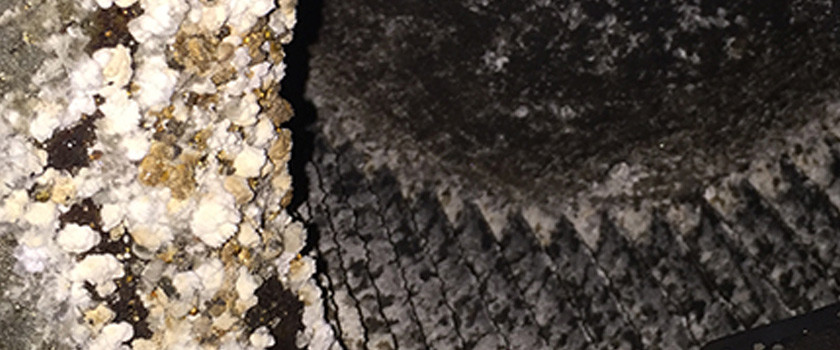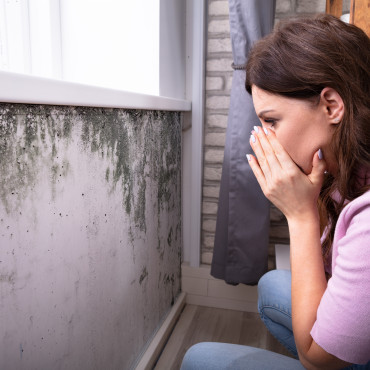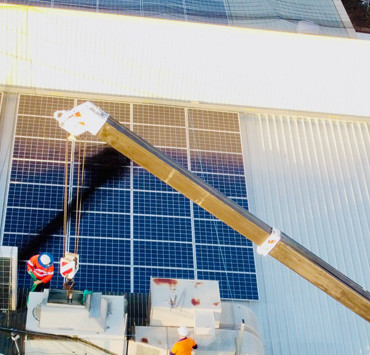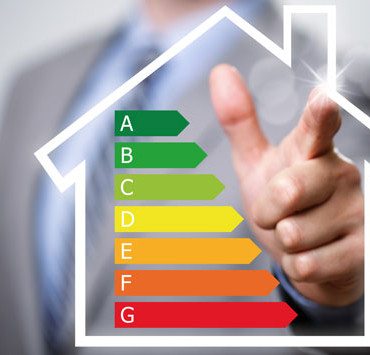Indoor air quality in the commercial environment has experienced a heightened state of awareness in recent years among building occupants, employers, building owners and managers. Building occupants, in general, are demanding more and have a higher expectation of the quality of their indoor environment. Advanced handles queries often from building owners looking for improvements to their air quality thanks to our specialised Air Quality Services.
When poor quality of air inside a building results in the building occupants becoming ill, the problem may be termed. Sick Building Syndrome. (SBS). SBS is not a well-defined disease and its causes are equally difficult to define. It appears to be a reaction to a variety of chemical, physical, or biological stimuli. In 1983, the World Health Organization (WHO) listed eight non-inclusive symptoms that characterize SBS.
The symptoms include irritation of the eye, nose, and throat; erythema (skin irritation or rash); mental fatigue and headache; respiratory infections and cough; hoarseness of voice and sneezing; hypersensitivity reactions; nausea and dizziness; and dry mucous membranes and skin. (1). Building Related Illnesses (BRI) however, is a specific illness with a known cause resulting from exposure to an indoor agent.
The Queensland Health and Safety Act 1995 is very broad within its powers. Employers and building owners have a general duty to undertake all practicable steps to ensure the safety and health of employees and visitors. Therefore, Sick Building Syndrome (SBS) and Building Related Illnesses (BRI) are certainly within the scope of the Act. The Act places an obligation on the employer to ensure that exposure to extreme thermal environments and health risks from air contaminants in the workplace is controlled. There is no single standard for indoor air quality in buildings. Instead a range of standards and guidelines are available to assist building owners and employers manage Indoor Air Quality (IAQ).
Information regarding due diligence and IAQ problems can be obtained from the Australian Institute of Refrigeration Air-conditioning and Heating (AIRAH), who have published an application manual titled Indoor Air Quality – DA26. The manual covers the technical components of indoor air quality management including health implications, relevant legislation and legal issues. Furthermore, to meet the obligations specified in the Health and Safety Act, persons must ensure that the provisions of the relevant compliance standards are followed.
These standards include:
• AS/NZS 3666.2, Air-Handling and water systems of buildings-Microbial Control, Part 2: Operation and Maintenance. This standard is a Building Code of Australia Primary referenced standard which indicates mandatory compliance.
• Australian Standard AS 1668.2-2002, Ventilation design for indoor air contaminant control is another standard which has direct implications to the quality of the indoor air.
Occupants within a building where air is not properly distributed or the introduction of sufficient outside air is inadequate are likely to have indoor air pollution complaints. Often such standards and guidelines are seen as industry best practice and a way of limiting risk. However, they do have short comings and are constantly reviewed. The performance requirements in these standards are often seen as all that is required. However, the standards should be treated as the minimum level of performance required.
Advanced Air has a specialised Air Quality Service Division that specialises in the prevention and remediation of buildings that have or at risk of S.B.S. Contact us here to learn more of this free building health check.





